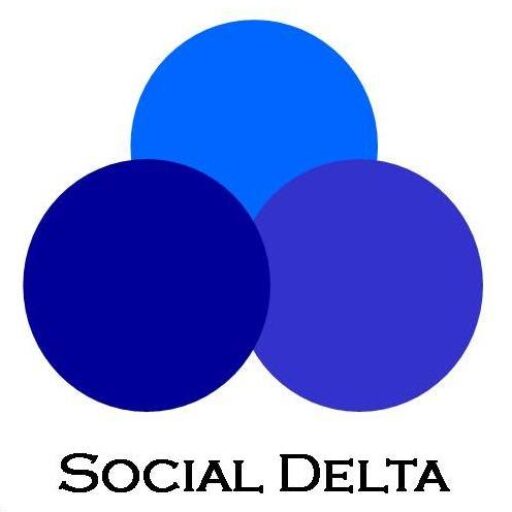Social service organizations have beneficiaries; these are the people who benefit from the programs and services being provided. Non-profits, and those who register as charities, often will refer to these beneficiaries as “clients,” but this nomenclature gets confusing when the organization starts a social enterprise.
It is Social Delta’s practice to refer to clients or customers as those who PAY for a good or a service, and to specifically use the term “beneficiaries” for those folks who benefit from FREE (or more accurately, subsidized) benefits and services offered in our communities.
Members are different again. Members are those individuals who support an organization with an exchange of value, but they are not really customers. Membership dues or fees are paid in exchange for a bundle of goods and services reserved for members alone (newsletter, voting rights at the AGM, discounts with third-party suppliers, etc). It is notable that many of these member benefits are not used by the majority of most members of a non-profit organization. Ironically, although “membership” revenue might be characterized as an income earning line of business, the membership fee in most cases is more like a donation than a purchase of goods or products.
The first question many might ask is: “Why it is important to make a distinction, when customers, members, and beneficiaries are getting value from the organization?” The answer lies in how these groups of individuals can be identified, contacted, cultivated and supported.
When are beneficiaries considered customers? Rarely.
Yes, in some cases, beneficiaries can be—or can become—customers. It does occur. Tenants in low-income housing run by a charity typically pay something for their housing. There may be a nominal fee for parts in a non-profit bicycle cooperative. If a social enterprise operating from within a non-profit organization starts charging for goods and services it has traditionally offered for free, then they are migrating from a “free to fee” model of delivery and their customers may very well be beneficiaries of the social mission through the organization’s social enterprise activities.
Those who are benefiting from programs, services and products offered by a community organization are often not good prospects as paying customers. Unsurprisingly, this statement is especially true for organizations working with the most marginalized and needy in our society. It is incredulous to think that a domestic violence victim would have to pay for their room at a shelter, for example. Likewise, an at-risk youth living on the street is not likely to accept help if they have to pay for it.
Knowing that past beneficiaries are not typically good customer prospects is important in setting expectations for new social enterprises. Many board members and senior non-profit staff might assume that their mailing list of past beneficiaries is a “warm prospect” list when they start selling something.
However, it is the experience of Social Delta that the conversion of a beneficiary to a customer is arduous, typically yields less-than-expected sales, and can jeopardize how a charity is viewed by the people it is trying to help. A modest fee might support a sense of dignity for a beneificiary, but it will rarely generate the revenue needed to pay the cost of providing that good or service.
Beneficiaries are not always customers…but customers are always beneficiaries of a social enterprise.
“Which stakeholders are the best prospects?”
It will vary by organization, and by what is being sold, of course, but current and past volunteers and donors, particularly monthly donors and/or high value donors, may both be worth cultivating as warm sales leads. Members, perhaps counter-intuitively, typically bristle when the individual elements of their “membership bundle” each get a price tag, and they will often not become loyal customers.
The stark truth, however, is that most successful social enterprises look outside of their stakeholder network to acquire the sufficient number of customers to become sustainable. Early and significant investments in marketing will help to reach out to new audiences…and in doing so, will convert these new customers to become stakeholders in the mission of the organization through their purchases.

